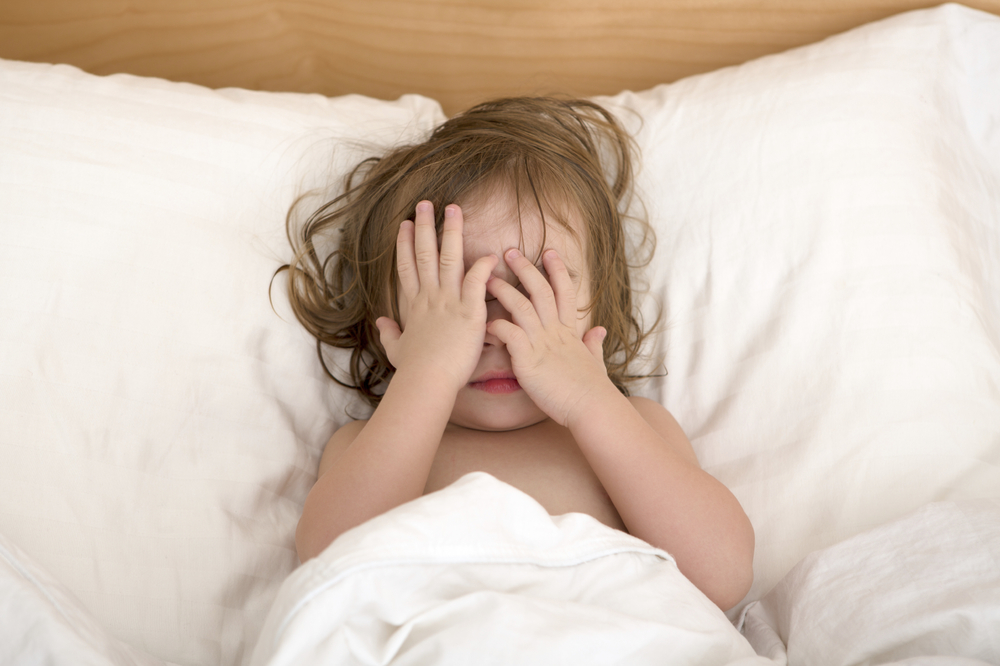Childhood nightmares and night terrors (the differences between them and treatments)

Nightmares and especially night terrors are scary for not only the child but sometimes equally for the parents. There are a few important differences between nightmares and night terrors that parents should be aware of, including appropriate treatment.
A nightmare occurs in rapid eye movement (REM) sleep and is when the child wakes up after having a scary dream. Comfort and reassurance will usually be enough to get them back to sleep again. You can also have a conversation about their dream during daytime the next day to help them overcome the fearful dream. Avoid scary movies or television shows; instead read or discuss happy/fun stories before bed.
A night terror on the other hand occurs in deep, non-REM sleep where the child is partially awake. The symptoms of a night terror can include screaming, sleep walking or panic where the child will have no memory of the experience the next day. This can be quite frightening for the parent; however, do not try to wake your child up. Instead, give them comfort if they’ll accept it and make sure their environment is safe so they do not hurt themselves. Night terrors are more common in children who have a family member with a history of having them but only occur in 3-6% of the population, usually between ages of 4-12 years old. They are more likely to occur if your child is overtired so ensure a regular bedtime.
Some children respond well to Bioron laboratories Quietude or Bach Rescue Remedy pastels which may be worth a try if your child is frequently woken by nightmares or night terrors.
Previous Post
Next Post
Sleep is so important but the optimal amount is different for each family member.
It depends on age and other factors.
Find out the healthy sleep ranges by age, for you and your growing family.
Starting with babies (newborn to one year),
toddlers, preschoolers, school aged
children, teens and adults.
Guide to optimal family sleep (daytime naps & at night)
FREE download
Be the first to know about special
offers and resources
for our community only.
Don't miss out!
Become a Calm Parent Insider
FREE gifts & resources
CALMMOTHER LIMITED © 2023 | ALL RIGHTS RESERVED
terms | privacy | contact
Simplifying life for parents so you can focus on what matters most to you.
Live your best life with kids!
+ Show / Hide Comments
Share to: